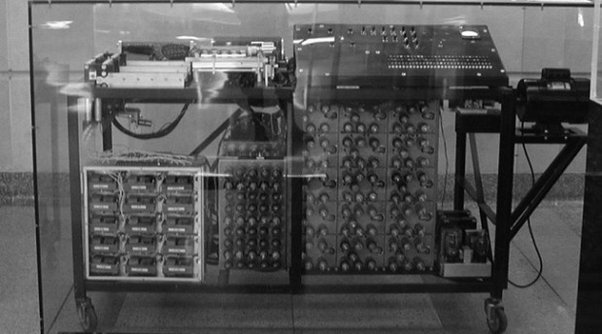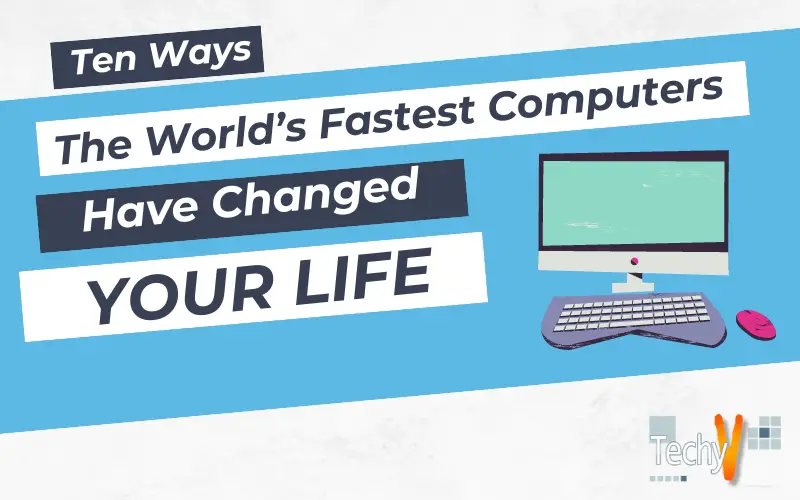Growing data volumes, new content, and data-rich apps have enhanced our daily use of A.I. Supercomputers impact us in ways we do not realize and have helped AI-driven technology reach unprecedented heights. These computers are employed in every area of life, from researching medicines to sensing weather to playing online games. High-performance computers (HPCs) have enabled us to check the weather, drive to the doctor, watch a movie, and manage our bank accounts. We will discuss the different ways in which these supercomputers have changed our lives. So let’s dive through it.
1. Weather: Does It Rain?
Every second, 2×1044 molecules collide in the earth’s atmosphere, generating weather. Even a fraction of these particles demands billions of calculations. Penn’s Electronic Numerical Integrator and Computer made the first 24-hour weather forecast in 1950. ENIAC, created during World War II to calculate ballistics, is considered the first general-purpose computer. In the mid-1950s, computer-generated projections were standard. The NWS uses two room-sized supercomputers from IBM and HPE Cray, each 10,000 times more powerful than your P.C. Weather forecasting has improved throughout time. Five-day forecasts are 90% accurate, whereas 10-day predictions are 50% accurate. Bring an umbrella if you’re going on a lengthy vacation.

2. Automobiles: Safe Transportation
Supercomputers have made cars faster, safer, and more efficient for more than 30 years. In the late 1980s, Japanese automakers started employing HPCs. Mazda’s “Aero-Wave” roofline on the 1993 RX-7 was designed with an $8 million Cray supercomputer. G.M. bought a supercomputer in 2004 to simulate crash tests. As we progress toward driverless vehicles, HPCs will play a more significant role in teaching A.I. systems to distinguish between a garbage bag and a baby carriage. They are also responsible for gas stations. For example, petrochemical businesses use 3-D seismic models to anticipate oil reserves. For example, a supercomputer may have helped create longer-lasting electric vehicle batteries when you finally ditch your gas guzzler.

3. A.I. Doctor Is Now Available
Flu shot? Supercomputers helped develop avian and swine flu vaccinations and are now researching COVID-19. Medical researchers use A.I. and supercomputers to build digital twins of human organs to test treatments on. Hewlett Packard Enterprise’s Blue Brain 5 is mapping mouse neocortex synapses to better understand the human brain. High-performance computing could lead to customized medicine, where therapies are tailored to your genetic makeup.

4. Bank On Financial Services
Have you ever used your credit card abroad and had your bank call to verify the purchase? Machine learning on HPC has your back. Identifying possible bank fraud demands a lot of processing resources. MasterCard handles 165 million transactions every hour using 2 million rules in seconds. Supercomputers can also identify and repel cyberattacks, assess credit risk, appraise investments, verify regulatory compliance, predict prices, and manage high-speed trading. The next time you phone your bank’s customer care line, an AI-driven bot may answer and assess your emotional condition.

5. What’s Tonight’s Show?
Recent important movies rarely lack CGI, but complex animations demand more computing power. For example, Baymax was created using a 55,000-core supercomputer that simulated 10 billion light rays bouncing off each object. CGI films are older than you believe. “Vertigos” The Spirograph-like opening title sequence was created by a WWII anti-aircraft aiming computer. In 1984’s “The Last Starfighter,” a Cray X-MP rendered 27 minutes of special effects.
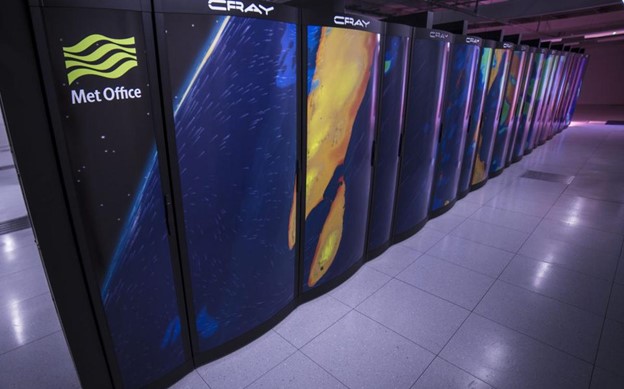
6. Astronomy: Limitless
Astrophysicists used supercomputers to model the cosmos shortly after the Big Bang. HPCs have been used to model galaxies, black holes, and dark matter. Supercomputing may have the most profound and long-lasting impact on how we perceive the universe and our role in it.

7. Nuclear Weapons
Sierra: Built for Lawrence Livermore National Laboratory in California, Sierra is utilized for predictive applications in stockpile stewardship, a U.S. program for testing and maintaining nuclear weapon dependability. Each Summit and Sierra node has two Power9 CPUs and four Nvidia Tesla V100 GPUs. The Sierra can reach 125 petaFLOPS.
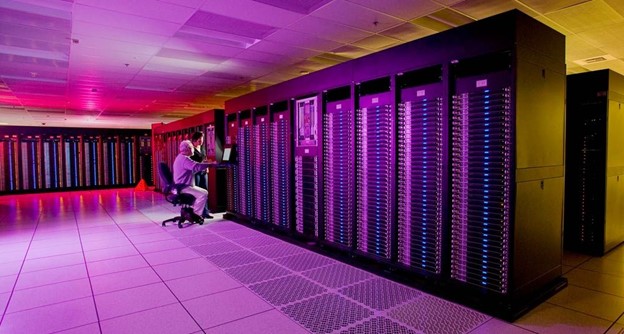
8. Researches
Nvidia’s Selene supercomputer uses AMD’s EPYC processors, A100 GPUs, and Mellanox HDR InfiniBand networking. Selene has 63.60 petaFLOPS. Nvidia utilises Selene for R&D and production. Language modeling, autonomous vehicles, visual rendering, quantum chemistry, and genomics techniques are included.
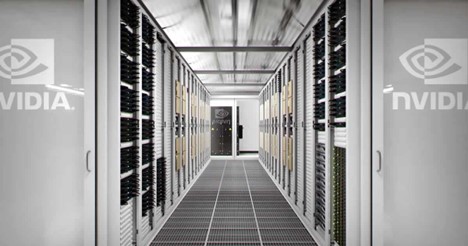
9. The Fastest
Summit, developed by IBM at ORNL in Tennessee, is the fastest supercomputer in the U.S. Each of its 4,356 nodes features two 22-core Power9 CPUs and six Nvidia Tesla V100 GPUs (GPUs). Summit can perform 200 quadrillion FLOPS and store 250 petabytes of data. It weighs 340 tonnes and occupies 5,600 square feet. ORNL computational scientist Wayne Joubert says Summit is so fast that researchers can solve a problem in an hour that would take 30 years on a desktop computer. Senior vice president of IBM Cloud and Cognitive Software stated that Summit is developed for A.I. workloads and tries to address climate change, opioid addiction, and extreme weather.
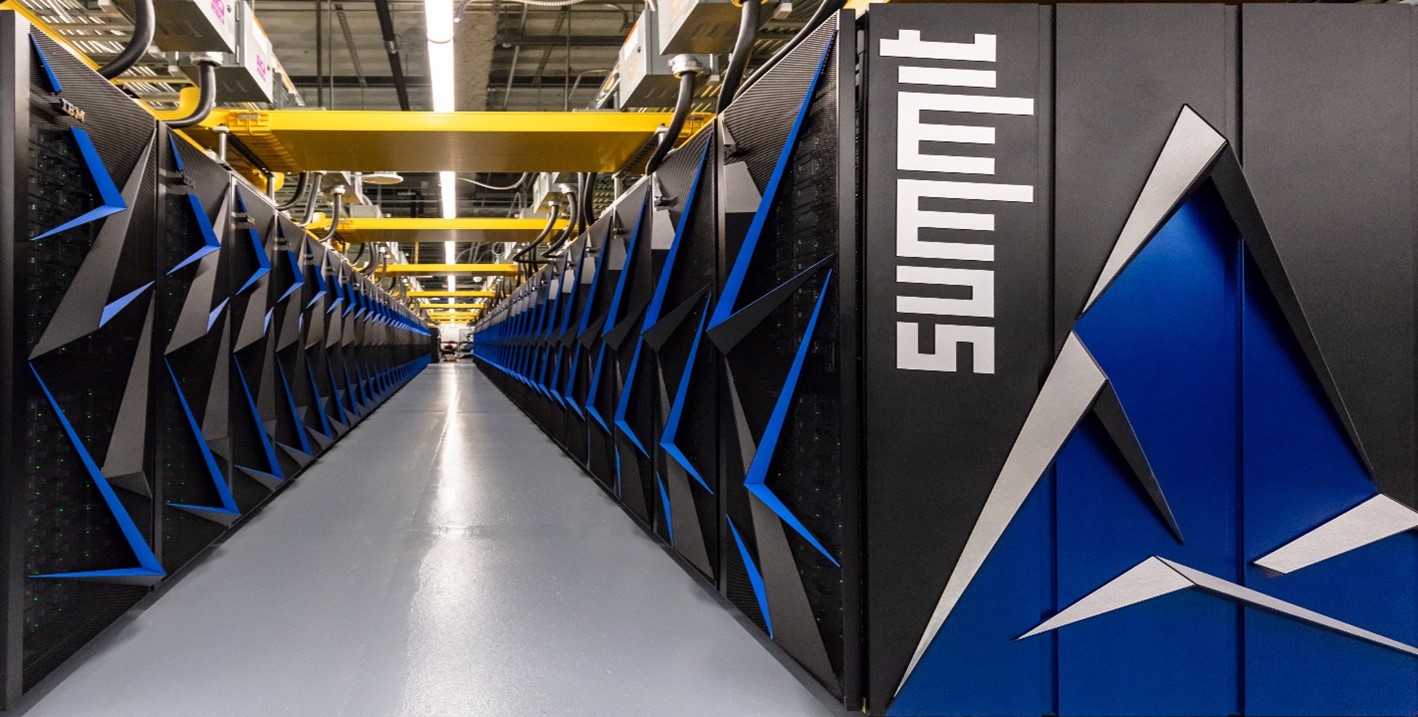
10. The First
The CDC 6600, the first successful supercomputer, is capable of 3 million floating-point operations per second (FLOPS). In 2020, the PS5 will have 10.28 teraFLOPS hardware. 1 teraFLOP=1 trillion FLOPS. “Supercomputer” refers to a class of powerful computers, but what is considered effective changes as technology progresses and industry and government need change. Frontier Enterprise has listed today’s fastest supercomputers and their uses. Half of these supercomputers are utilized in healthcare, and a third in drug development. Two supercomputers are used in business, with one specializing in oil and gas research. Three support weather and climate studies, while one conducts nuclear tests (although it has been made available for studying COVID-19).
